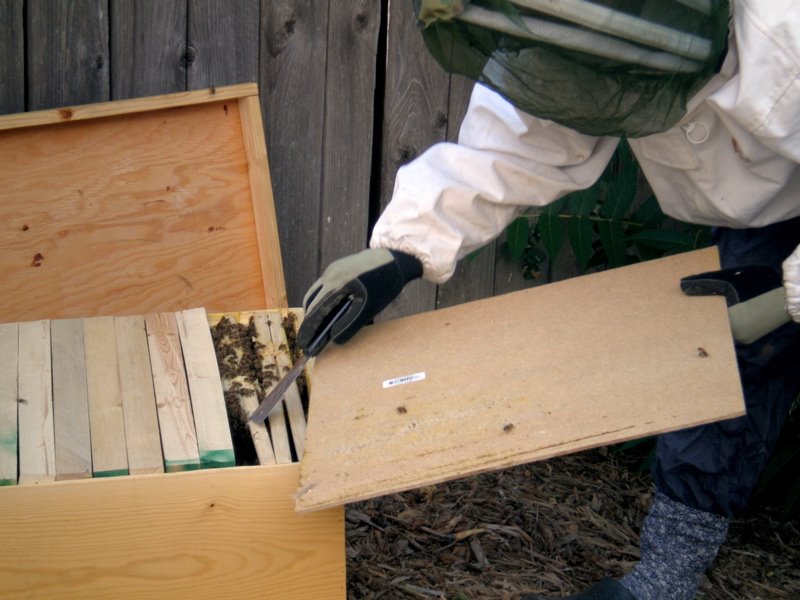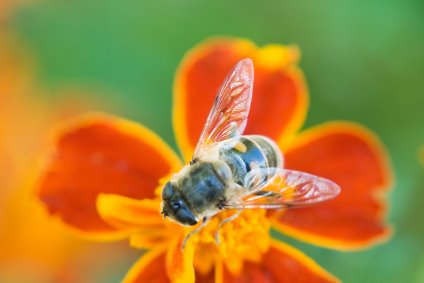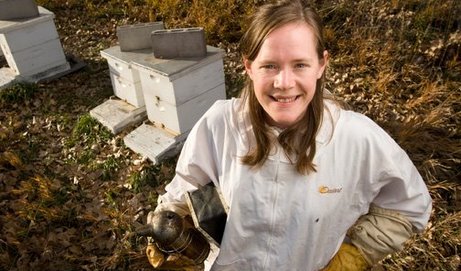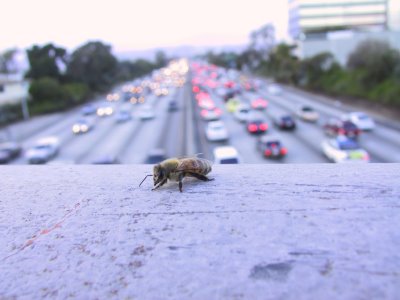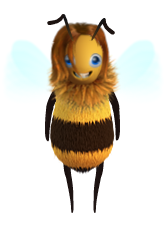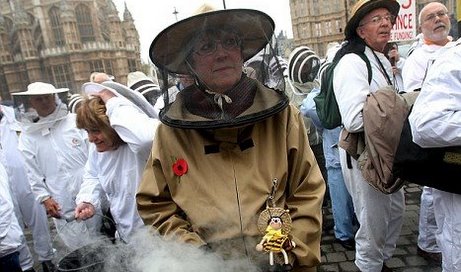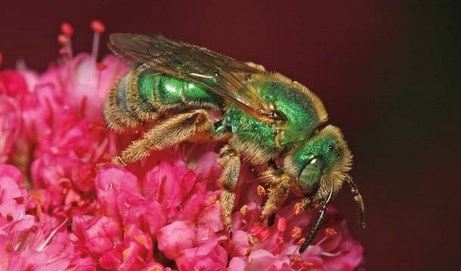Top Bar Hives in Kenya
So, when I took beekeeping classes last year, I studied what's known as the top bar hive, not the traditional Langstroth hive (see the colorful bee boxes in the post below). Top bar hives are much easier to build than the Langstroth hive, which makes it perfect for using in developing countries. Some would even argue that it's more ecological for the bees since they build their own comb entirely, without the wax mold that comes with the Langstroth. We'll save that discussion for another post. For now, check out this fantastic video to learn more about the top bar hive! Next on I Heart Bees--we'll look at Top Bar Hives in more depth, for those interested in this alternative method of beekeeping. I'll talk about why they're considered more ecological and include a...
read more
